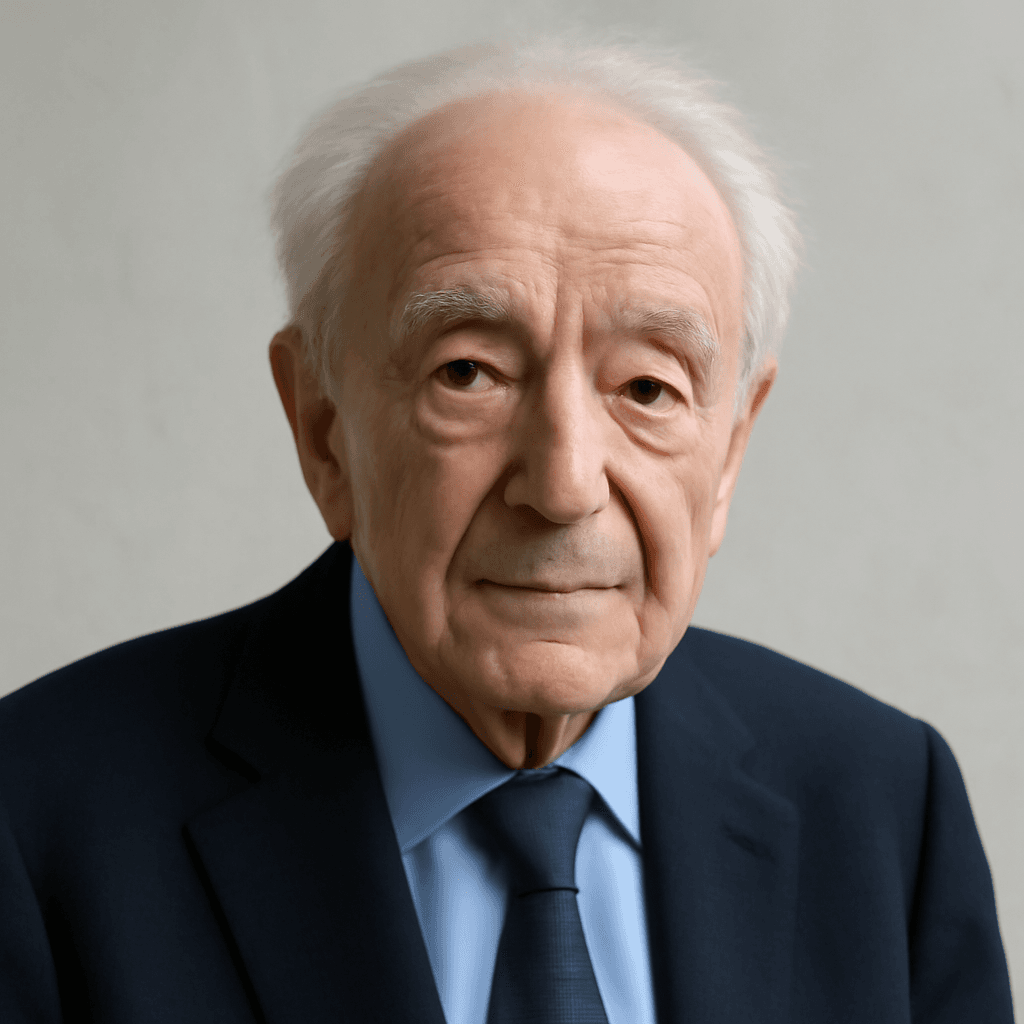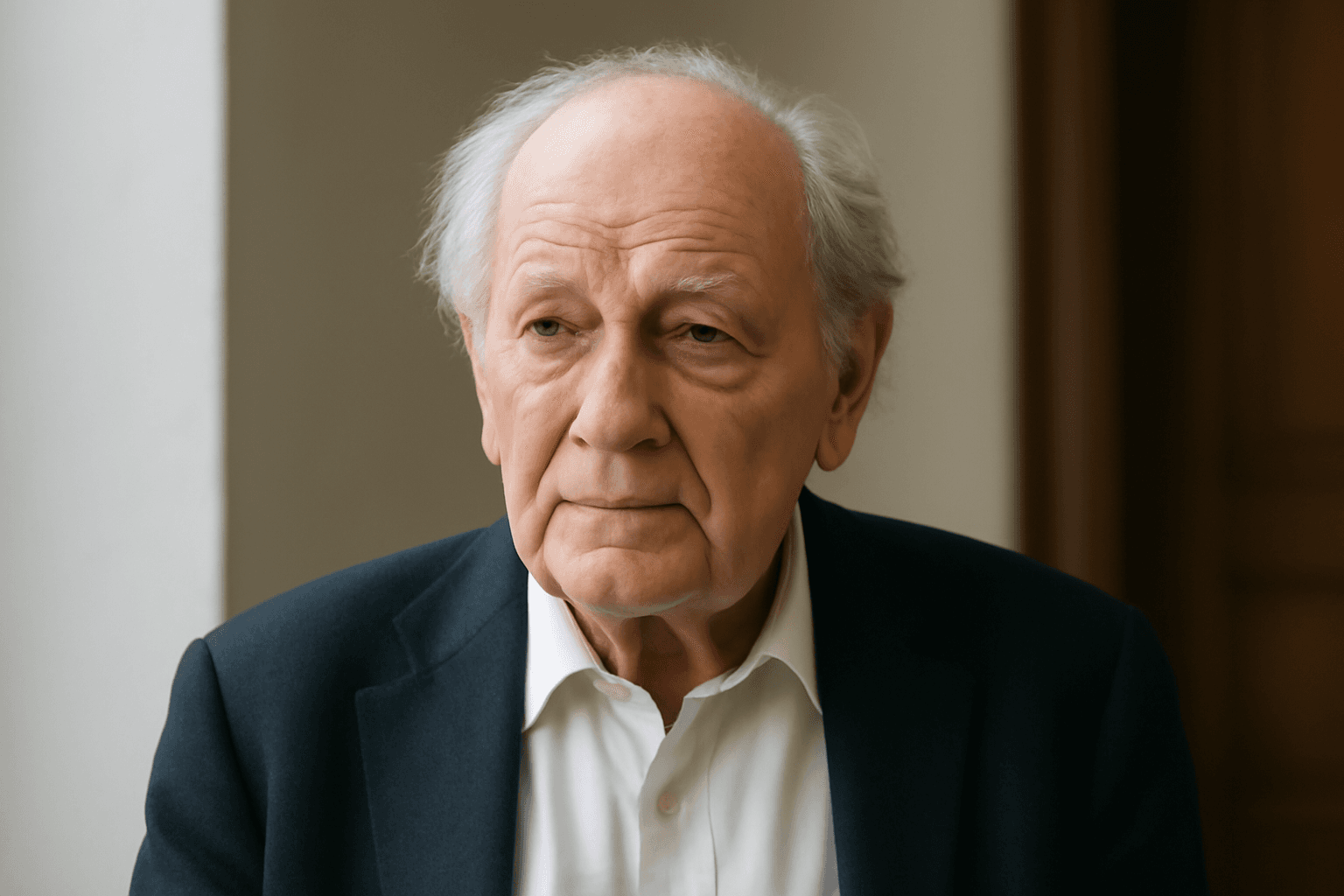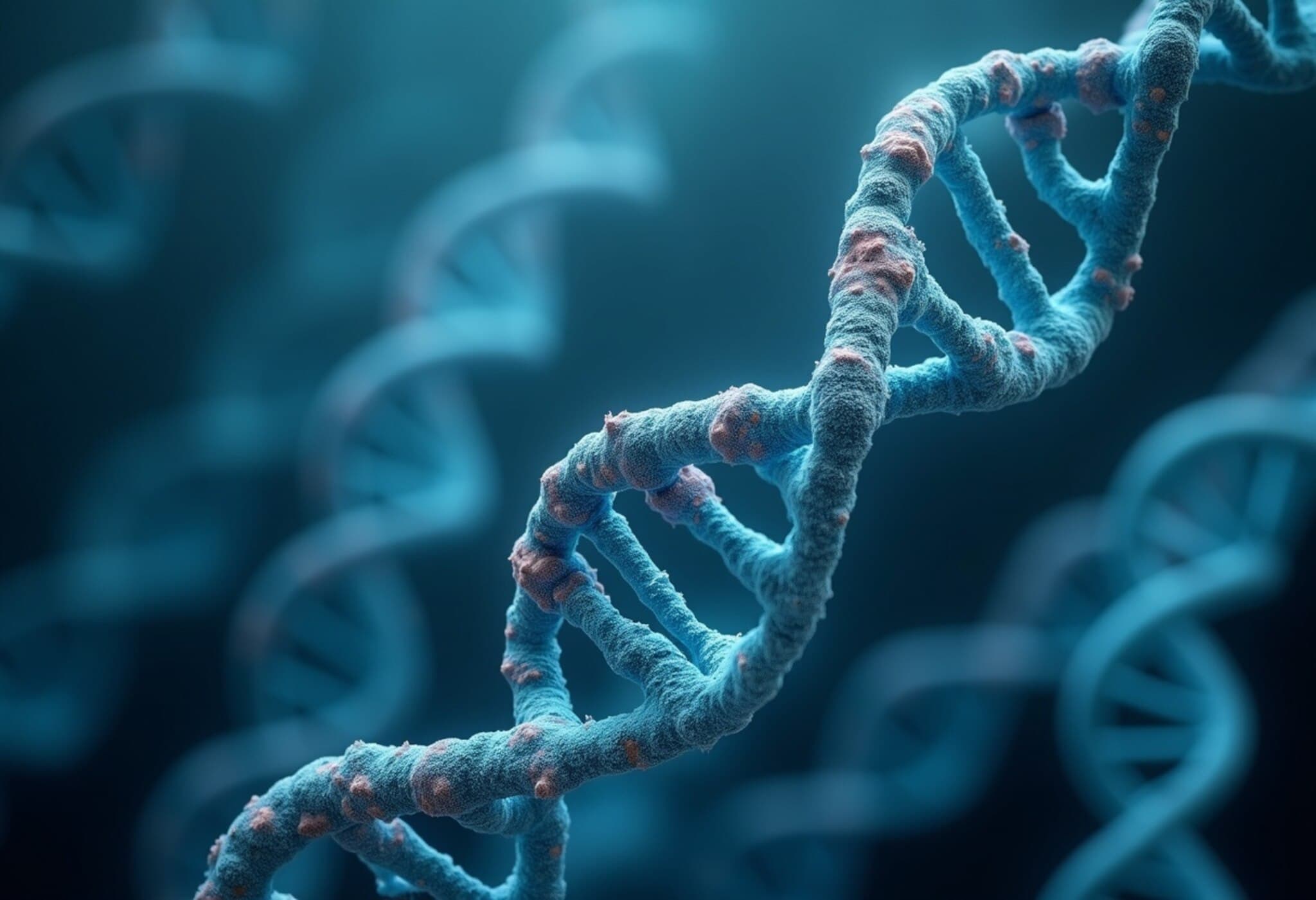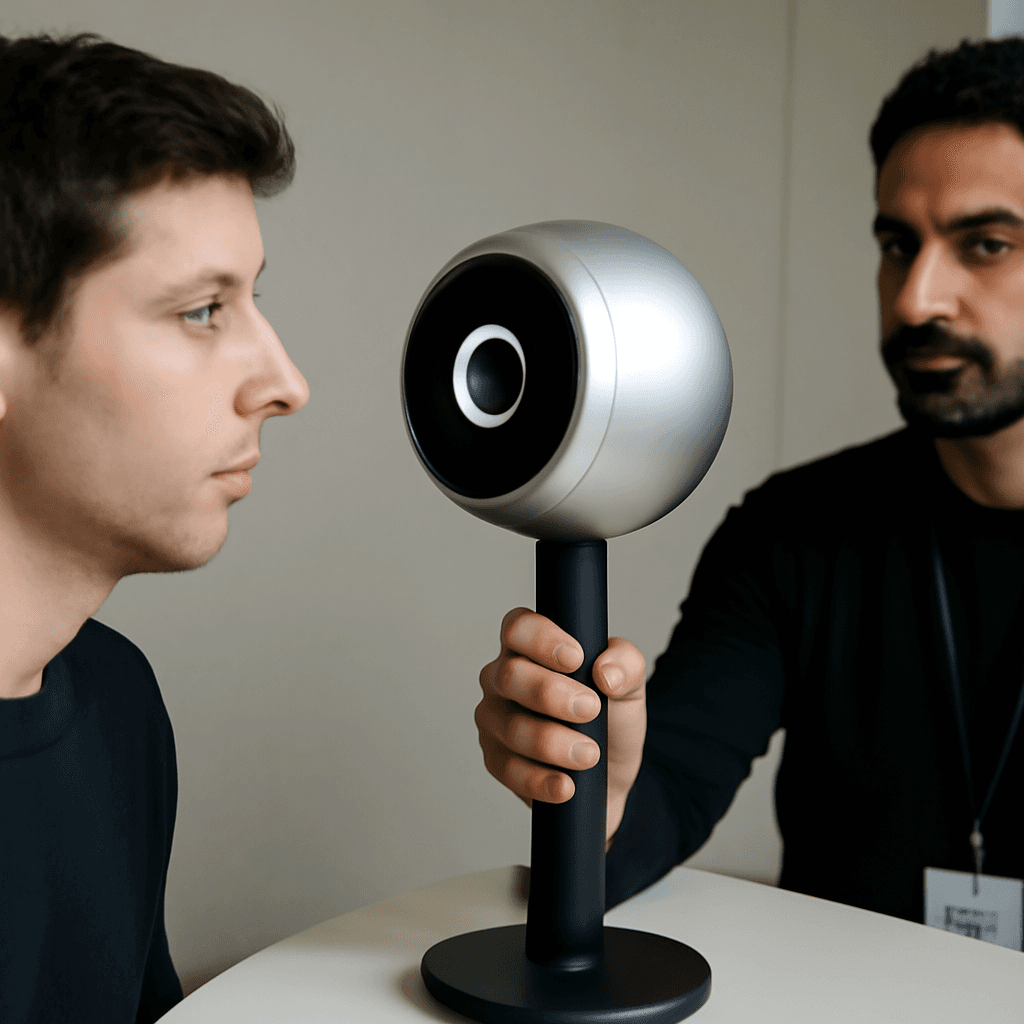New 3D Model Sheds Light on How the Nose Regenerates Smell-Sensing Neurons
Researchers at Tufts University have created a groundbreaking three-dimensional mouse model that reveals the dynamic process of nerve tissue regeneration in the nose. This innovative approach offers fresh insights into how the sense of smell recovers and why it may deteriorate over time or after illness.
The Remarkable Regenerative Power of Nasal Neurons
Unlike many nerve cells in the brain, sensory neurons in the nasal cavity continuously regenerate throughout life despite constant exposure to environmental hazards. However, factors such as viral infections, exposure to toxins, and the natural aging process can impair this regeneration, sometimes leading to partial or complete loss of smell.
Uncovering the Role of Nasal Stem Cells
The study focuses on two types of stem cells residing in the nasal epithelium: horizontal basal cells (HBCs) and globose basal cells (GBCs). Previously, HBCs were considered largely inactive, but this new research paints a different picture.
Using their 3D organoid model, researchers demonstrated how these two stem cell populations interact closely, supporting one another in forming fresh olfactory neurons. Particularly, a subset of HBCs marked by the protein KRT5 was identified as active contributors to neuron generation and tissue repair.
Key Findings and Implications
- Selective depletion of KRT5-positive HBCs in the organoid significantly hampered the growth of new olfactory neurons.
- This challenges the belief that HBCs remain inert, highlighting their crucial role in sensory neuron regeneration.
- Cells from older mice showed a reduced ability to create new neurons, possibly linked to a decline in the GBC population due to aging.
These insights could be pivotal for understanding the mechanisms behind smell loss related to aging or diseases.
A Model Designed for Accessibility and Future Therapeutic Development
One standout feature of this model is its simplicity and affordability, making it accessible to many laboratories regardless of resource levels. The research team envisions adapting this mouse nasal tissue model to create human organoids.
Such human-based models would enable high-throughput drug screening aimed at identifying treatments for anosmia— the loss of smell, which has gained particular attention due to its prevalence in viral illnesses like COVID-19.
Looking Ahead
While promising, further studies are needed to fully understand how aging impacts the GBC population and to develop strategies to rejuvenate these critical stem cells. Nonetheless, this research marks a significant step toward addressing sensory neuron loss and restoring smell function.
In conclusion, this innovative 3D olfactory model opens new avenues for exploring nerve regeneration and potential therapies to combat smell loss in humans.











